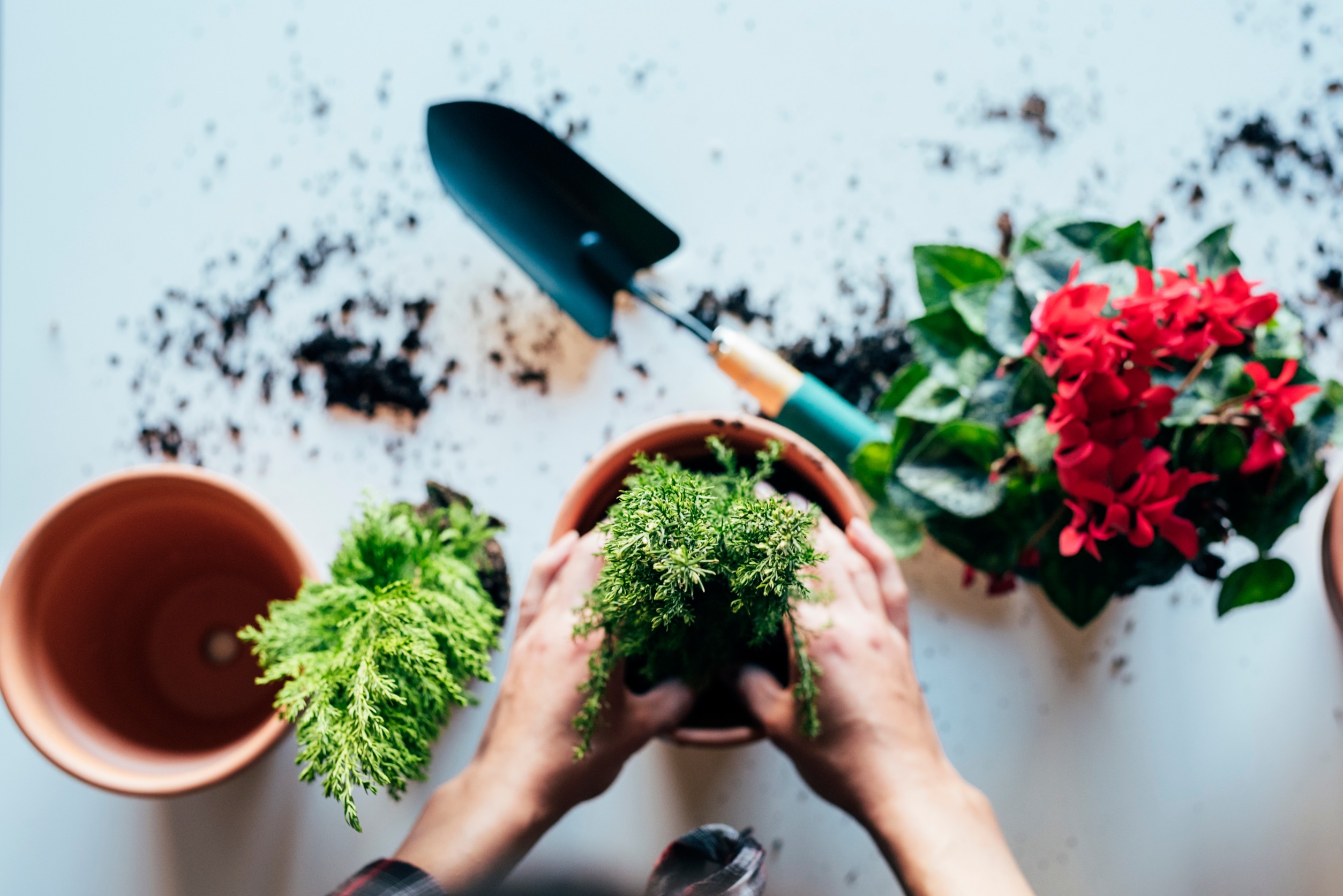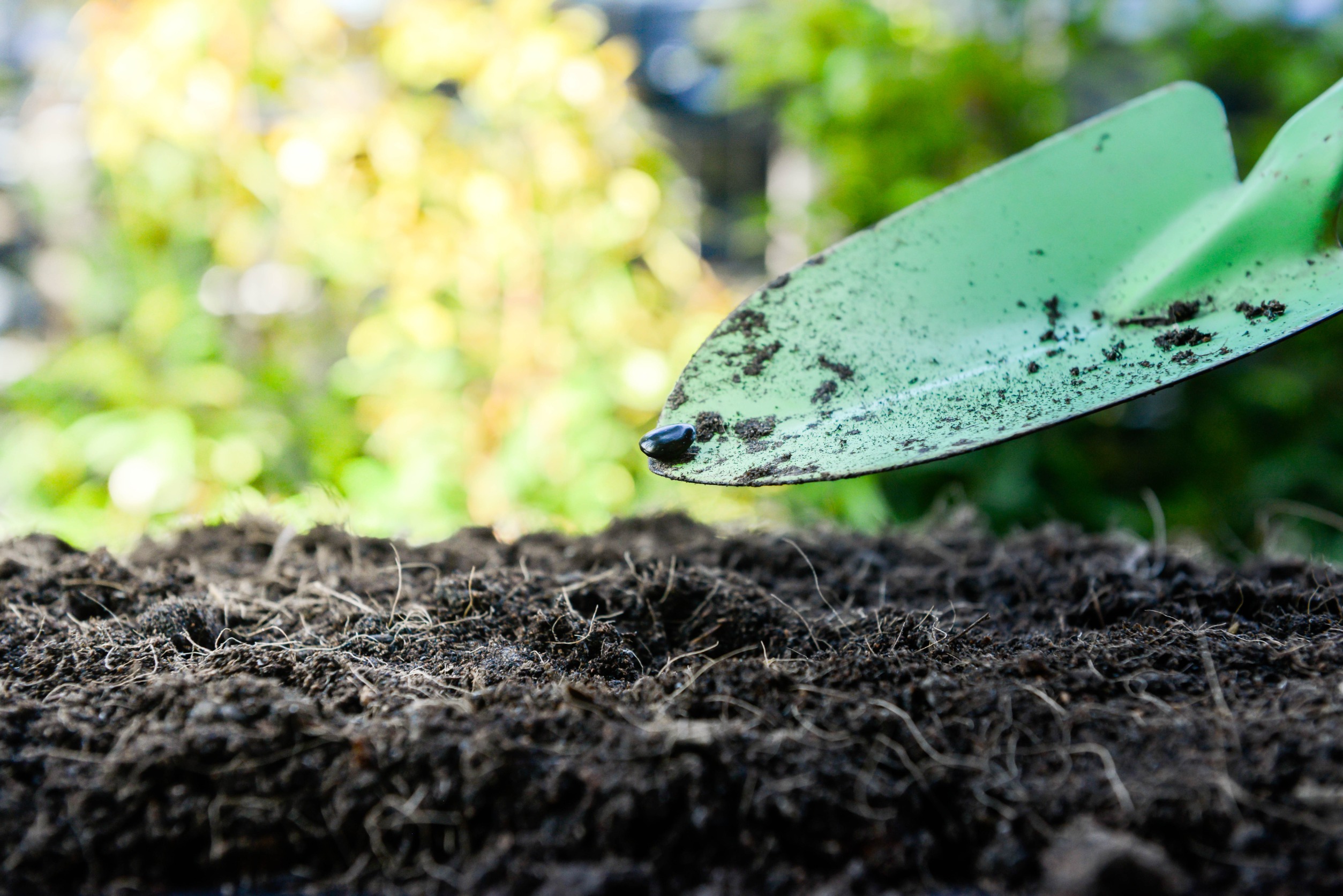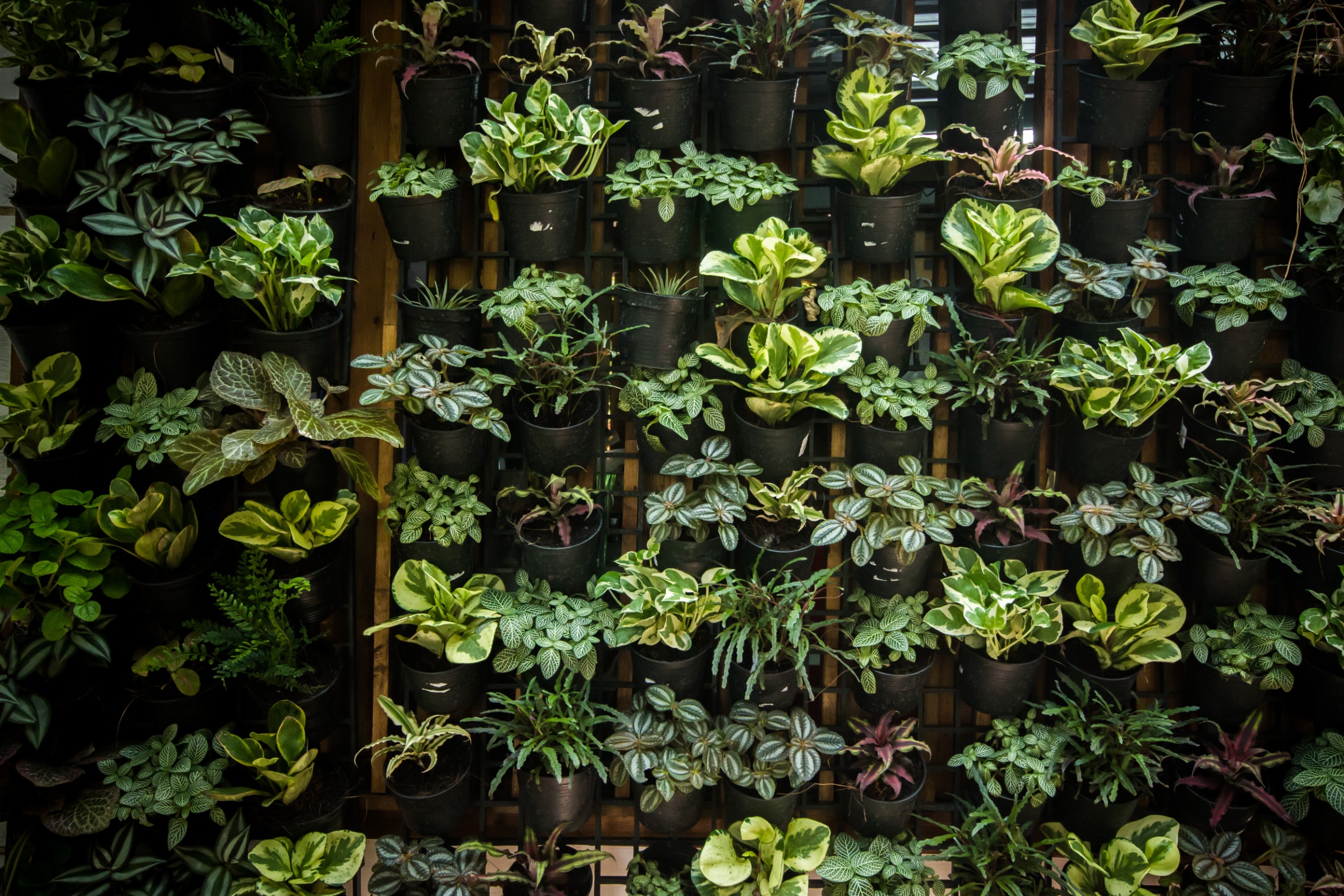
123rf
Whether you’re a seasoned gardener or just starting, mastering certain gardening techniques can elevate your gardening game and boost your confidence. With the right approaches, you can cultivate lush plants, vibrant flowers, and bountiful harvests without needing a degree in horticulture. This article will delve into eight effective gardening techniques that will make you feel like a pro in no time. Let’s dig in!
1. Companion Planting
Companion planting is a powerful technique that involves growing different plants close together for mutual benefits. Certain plants can deter pests, enhance growth, or improve flavor when planted in proximity. For example, tomatoes and basil are excellent companions, as basil repels aphids and enhances the flavor of tomatoes. This technique maximizes your garden space and promotes a healthier ecosystem, reducing the need for chemical pesticides. Implementing companion planting can make your garden more productive while fostering biodiversity.
2. Raised Bed Gardening
Raised bed gardening is a fantastic way to create a productive and organized gardening space. By elevating your plants, you can improve drainage and soil quality, making it easier to control the growing environment. This technique allows for better soil temperature regulation, which can extend your growing season. Additionally, raised beds reduce the need for bending and stooping, making gardening more accessible for everyone. The structured layout of raised beds also makes it easier to manage weeds and pests.
3. Mulching

123rf
Mulching is a simple yet effective technique that involves covering the soil around your plants with organic or inorganic materials. Organic mulches, such as straw, wood chips, or grass clippings, enrich the soil as they decompose while suppressing weeds. This layer of protection helps retain moisture in the soil, reducing the need for frequent watering. Mulching also moderates soil temperature, providing a more stable environment for your plants. By incorporating mulch into your gardening routine, you enhance plant health and reduce maintenance efforts.
4. Crop Rotation
Crop rotation is an essential practice for maintaining soil health and preventing pest and disease buildup. By alternating the types of crops planted in a particular area each season, you disrupt the life cycles of pests and reduce the likelihood of soil depletion. For instance, planting legumes one year can replenish nitrogen in the soil, benefiting the following crops. This technique is particularly useful in vegetable gardening, where certain plants can exhaust soil nutrients more quickly than others. Implementing crop rotation can lead to healthier plants and improved yields over time.
5. Succession Planting
Succession planting is a technique that allows gardeners to maximize their harvest by planting crops in intervals throughout the growing season. Instead of planting all your seeds at once, you can stagger your planting times to ensure a continuous supply of fresh produce. For example, if you plant lettuce every two weeks, you’ll enjoy fresh greens throughout the season without overwhelming your kitchen with a single large harvest. This approach keeps your garden productive and reduces waste. Additionally, succession planting can help manage space and prevent overcrowding.
6. Vertical Gardening

123rf
Vertical gardening is a brilliant way to maximize space, especially in small gardens or urban settings. By growing plants upwards on trellises, fences, or vertical planters, you can increase your growing area while adding visual interest to your garden. This technique is ideal for climbing plants like beans, cucumbers, and certain flowers. Vertical gardening also improves air circulation around plants, reducing the risk of fungal diseases. Embracing this technique can transform even the smallest spaces into lush, green retreats.
7. Drip Irrigation
Drip irrigation is an efficient watering technique that delivers water directly to the roots of your plants. This method minimizes water waste by reducing evaporation and runoff, ensuring that your plants receive consistent moisture. By installing a drip irrigation system, you can easily control water delivery based on your plants’ needs, promoting healthy growth. This technique is particularly beneficial in areas with limited water resources or during hot summer months. Transitioning to drip irrigation can save you time and effort while enhancing plant health.
8. Soil Testing
Understanding the composition and health of your soil is crucial for successful gardening and soil testing is the first step. By analyzing your soil, you can determine its pH levels and nutrient content, allowing you to make informed decisions about amendments. Testing can reveal deficiencies or excesses in nutrients, helping you tailor your fertilization strategy for optimal plant growth. Many local extension offices offer affordable soil testing services, or you can purchase DIY kits. Regular soil testing can lead to healthier plants and better yields, making you feel like a gardening pro.
Gardening Like a Pro: Tips for Success
By incorporating these gardening techniques into your practice, you’ll not only enhance your skills but also enjoy a more fruitful and enjoyable gardening experience. From companion planting to drip irrigation, each technique offers unique benefits that can transform your garden. Remember, gardening is as much about learning as it is about growing, so don’t hesitate to experiment and adapt these techniques to suit your needs. With patience and practice, you’ll feel like a pro in no time! Happy gardening!

Vanessa Bermudez is a content writer with over eight years of experience crafting compelling content across a diverse range of niches. Throughout her career, she has tackled an array of subjects, from technology and finance to entertainment and lifestyle. In her spare time, she enjoys spending time with her husband and two kids. She’s also a proud fur mom to four gentle giant dogs.
Leave a Reply